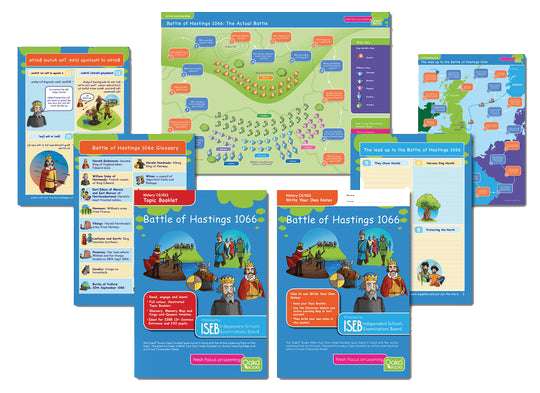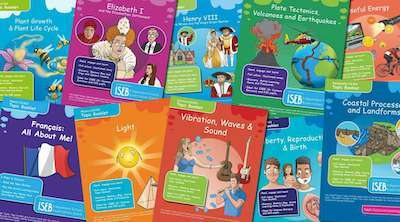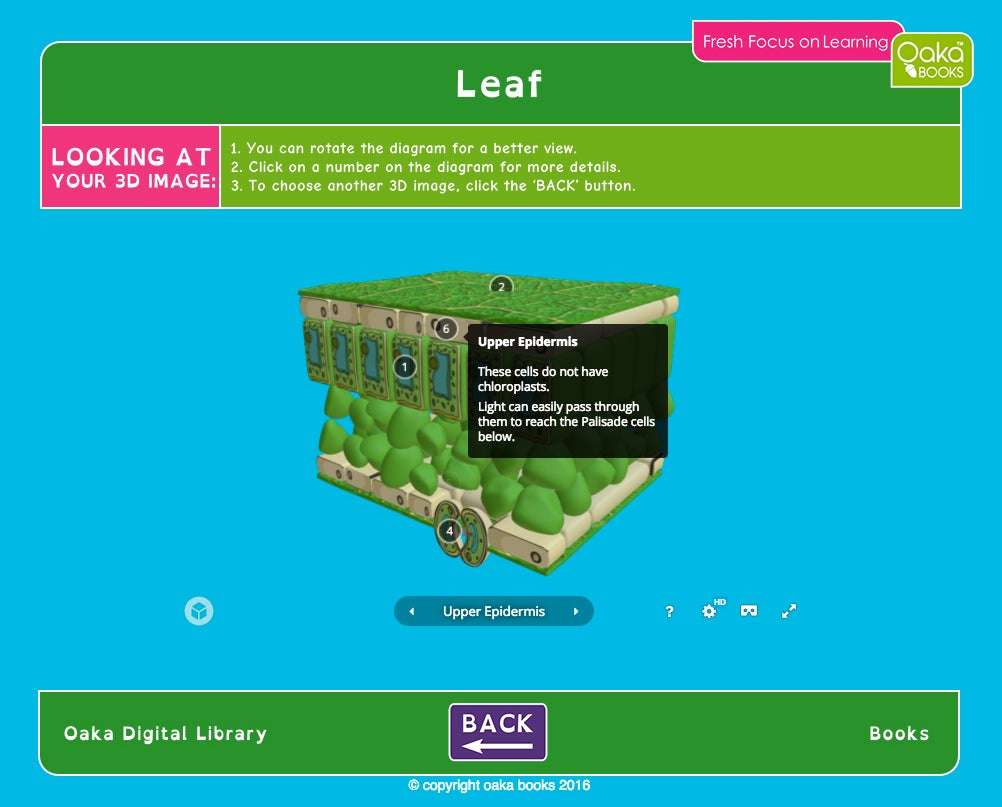
To a dyslexic the thought of writing an essay can bring on a cold sweat. It ranks up there with reading out loud in class as one of the horrible experiences forced upon us at school. Whereas, I can see no true benefit in making a struggling reader read out loud to his or her peers, the ability to write a well-constructed essay is a life skill that we all should have. So, how can you reduce the stress and produce a good essay?
Much of the fear of putting pen to paper is caused by ‘cognitive overload’, or the total terror of all those words you need to get down. Watching your classmates writing paragraph after paragraph at lightning speed simply adds to your own feelings of insecurity. How on earth do they even know where to start?
Personally, I would just scribble down as much as I knew about the subject but there was no order, no reasoning or planning. The result was a jumble of thoughts and words but no good marks. I was always taught about essays at school (point, evidence, evaluate and beginning, middle and end) but I never understood what was supposed to be included in each of those sections or how to build the sections; it was a complete mystery to me. This total lack of understanding made my stress levels even worse.
It was my father, in desperation, who finally taught me how to improve my essay writing. His system was so simple and yet it enabled me to lose my fear of writing and start to enjoy it; not least because my marks improved almost immediately.
Firstly, you must learn to manage this cognitive overload. Break your work, essay or question answer into small chunks. This is the best way to remove the overwhelming stress of staring at a blank sheet of paper. You then only need to focus on one small part at a time. Once you have cracked this, follow these three steps every time you write.
Step one
Make sure you understand the question. Highlight the key words and be clear in your mind that you ‘get it’. Even if you are unsure, if you highlight the key words, you are quite likely to at least be moving in the right direction.
Step Two
Identify three key points you want to talk about (or more if you can/need to). Put those down as headings on separate sheets of paper. Bullet point what you want to say under each point. Each point must be clear. It then needs to be backed up with evidence (or the reasons you have made the point). So, expand on the reasons why you have written that specific point. You can later turn these bullet points into proper sentences.
Finally, for each point, evaluate what you have written. Identify what the evidence shows us and what you think about it. There is no right or wrong answer in these evaluations because they are what you think. So long as you have backed up your answer with a ‘because’ (not necessarily using the actual word) you will have shown you are thinking it all through.
‘Writing essays can be a difficult and stressful process. Many students do not know where to even start and they can find their mind goes blank, especially in exams. Perhaps this is because they have not learned the process for writing a cohesive essay. Understanding how to construct a good essay will help them not only gain better marks but also reduce their stress levels.’
Always keep referring back to your title. This is vitally important to avoid going off your subject and losing direction.
Once you have written your points, think of a sentence to link each of them. This will introduce the reader to what is coming next and help your essay flow.
Step Three
Finally, tie everything together with a conclusion. This is a ‘link’ paragraph if you like. This should only talk about things you have mentioned already. (This is not the time to introduce new ideas. If you have new ideas then add those as additional points within the main essay).
The conclusion is your thoughts about what you have written. The more personal you can make these and the more you can show you have thought about what you are writing, the more the reader will enjoy it. Even ending with a question can provide a though provoking conclusion.
Finally, read and re-read your work and cut out any long winded sentences.
And, that’s it – how to reduce the stress of writing an essay in three steps. But is it? One thing that I always found tricky was coming up with good ‘sentence starters’ and using different words to say the same thing. Our Essay Writing Kit gives you a bank of great words and ideas to help keep your sentences interesting for your reader.
Ultimately, writing takes practise. The school holidays are a great time to try using these new skills and to fine tune your essay writing. Write about things you enjoy, find funny, new experiences or days out. Anything that interests you will help you practise using your new essay writing format. With your new system under your belt you will be able to reduce your stress levels when you have to write under pressure at school or in the exam room. I may not be the best writer but I am no longer afraid of writing and that is a huge step in the right direction.
Happy writing!
Best wishes
Bambi
Founder, Oaka Books
The Oaka Essay Writing Kit can be found here.





